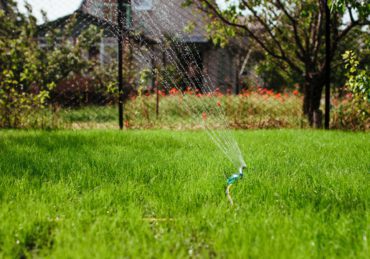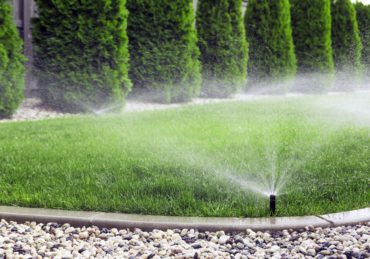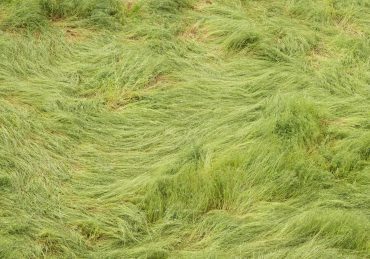Table of Contents
What is the USDA Hardiness Zone?
The USDA Hardiness Zone is the standard by which gardeners can determine which perennial plants are most likely to thrive in their region. The map is based on the average annual extreme minimum winter temperature, divided into 10-degree Fahrenheit zones. The map is produced by the U.S. Department of Agriculture (USDA) Agricultural Research Service (ARS) and is available on their website here.
The map divides North American into eleven zones by minimum average annual temperatures. The lower the number is, the lower the temperatures in that zone. Hardiness refers to how well a plant will survive cold temperatures. Where the USDA zones fall short; however, is that they don’t account for other factors. This includes freeze dates, freeze-thaw cycles, the effect of snow cover, precipitation, and elevation. These limitations are most felt in the western United States.
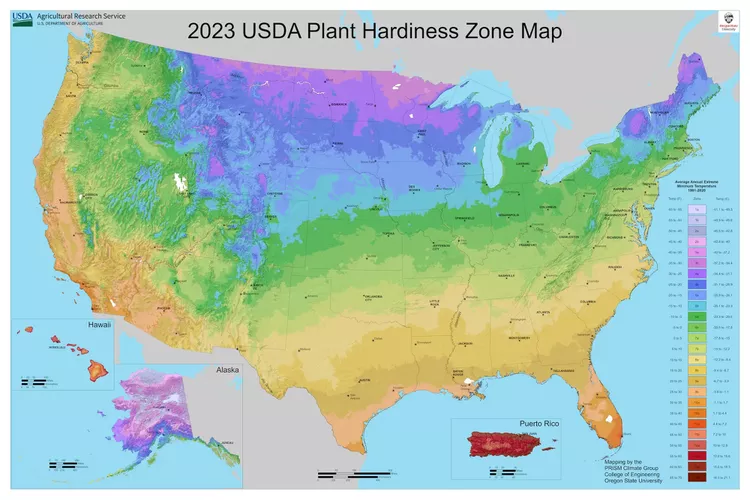
How to Use Hardiness Zone Information
Having a detailed understanding of hardiness zone means you can pick plants for your garden that will be most likely to survive your regions winters. The zones are not important for annuals since these plants are only expected to survive one season. For perennials, trees, and shrubs, it’s important to check your zone before planting them.
What to Grow in Each Hardiness Zone
For annual flowers and vegetables, such as zucchini, tomatoes, and peppers; you don’t need to follow the hardiness zone as these plants complete their life cycle within a single season. It’s important to know your hardiness zone and the coldest temperatures a species is expected to survive in to choose the correct perennials, shrubs, and trees for your area.
Zone One: -50°F to -60°F
Zone 1 includes only a few parts of Alaska, so most gardeners aren’t dealing with its freezing temperatures. Despite the low temperatures, Zone 1 plants can thrive in some of the most frigid conditions in the United States. Planting is ideal in mid-June. Some common plants include netleaf willow, dwarf birch, crowberry, quaking aspen, Pennsylvania cinquefoil, and lapland rhododendron.
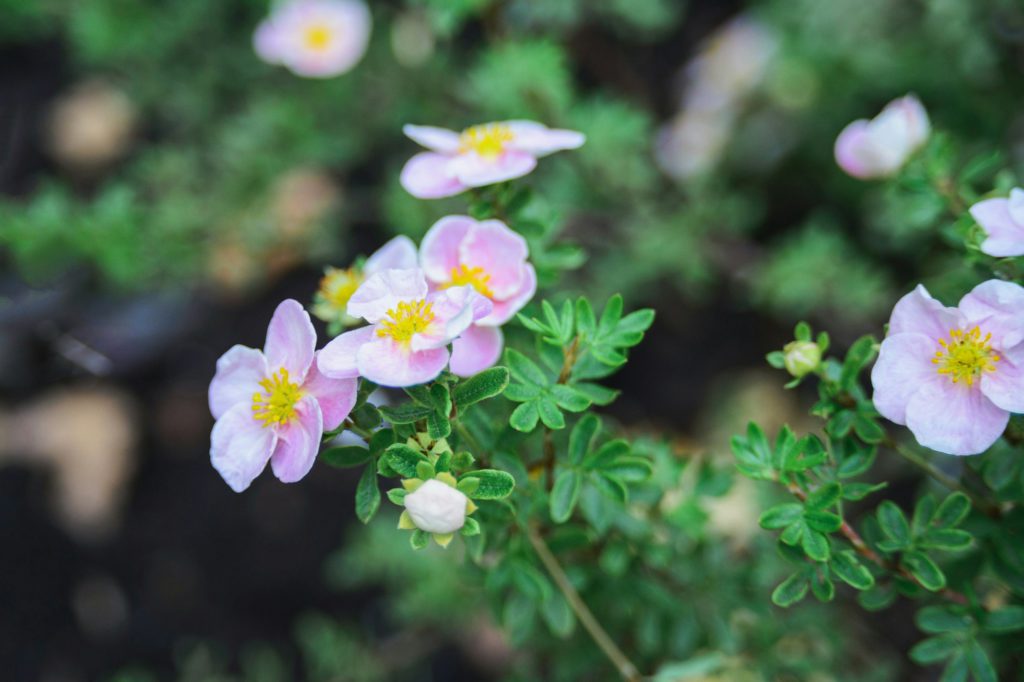
Zone 2: -50°F to -40°F
Zone 2 also mainly covers areas in Alaska, including cities such as Prudhoe Bay and Unalakleet. However, the northernmost area of Minnesota falls within Zone 2b. Planting is ideal in mid-June. Some common plants include paper birch, bunchberry dogwood, silverberry, eastern larch, bush cinquefoil, and American cranberry bush.

Zone 3: -40°F to -30°F
Zone 3 includes the upper Midwest states and some northeast states, such as northern parts of Montana, North Dakota, Minnesota, Wisconsin, Wyoming, New York, and Maine. Most native plants to the U.S. is found within Zone 3 to 10. Plants found within this zone are meant to withstand cold temperatures as low as -40°F to -30°F. Planting is ideal in mid-May. Some common plants include foxglove, wood fern, smooth hydrangea, common juniper, Siberian crabapple, goldenrod, and American arborvitae.
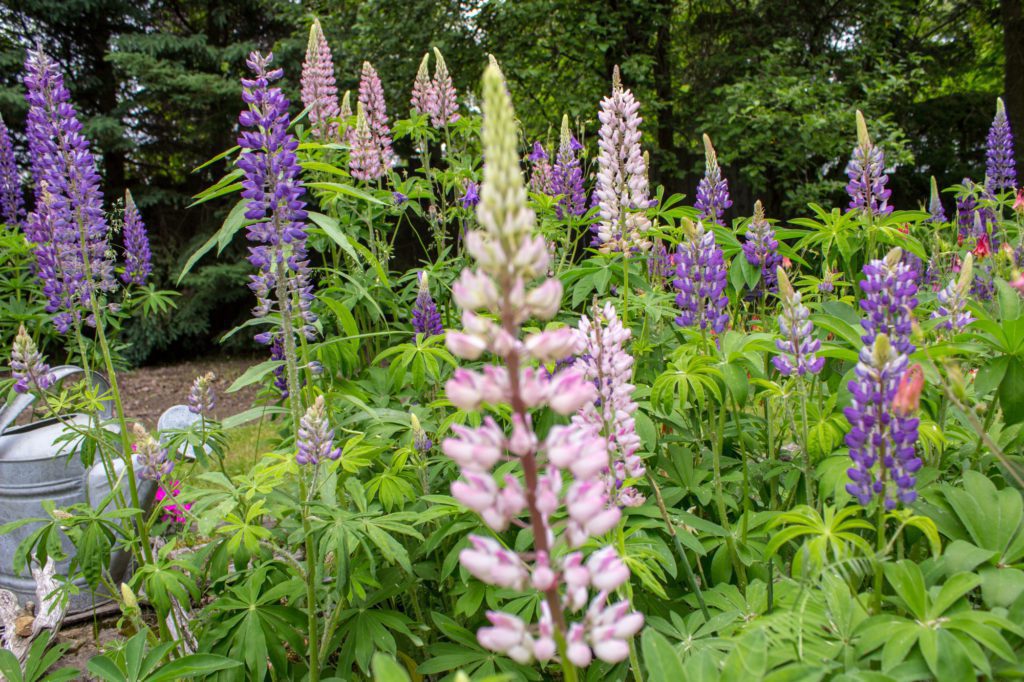
Zone 4: -30°F to -20°F
Zone 4 also includes the upper Midwest states such as Montana, North Dakota, South Dakota, Wyoming, Minnesota, Wisconsin, and northern areas of New York, Vermont, New Hampshire, and Maine. Plants in these states can withstand minimum temperatures of -30°F to -20°F. Planting should take place in mid-May. Common plants include sugar maple, panicle hydrangea, Chinese juniper, vanhoutte spirea, and crabapple tree.

Zone 5: -20°F to -10°F
Zone 5 is another one that includes the Midwest and Northeastern states. Humidity is high in the summer and winters can reach as low as -20°F to -10°F. Zone 5 includes Colorado, Utah, Nebraska, Iowa, Wisconsin, Illinois, Indiana, Michigan, Pennsylvania, and New York. Planting should begin mid-April. Common plants include flowering dogwood, delphinium, slender deutzia, Boston ivy, Sycamore tree, and Japanese yew.
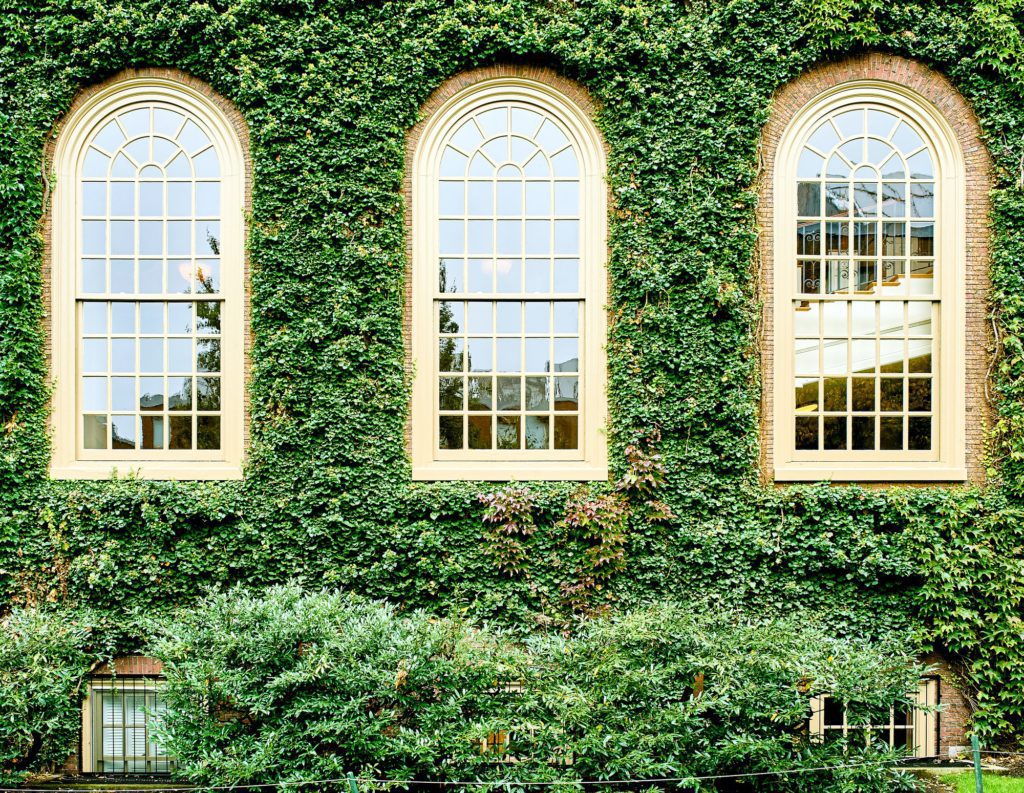
Zone 6: -10°F to 0°F
Zone 6 includes a few different areas of the United States. It includes Pacific Northwest states such as Washington and Oregon, but also includes parts of Illinois and states like Kansas, Missouri, Kentucky, New Mexico, and Ohio. Plants in this zone can withstand temperatures as low at -10°F to 0°F. Planting should begin mid-April. Common plants include Japanese maple, common boxwood, coralbells, American holly, and weeping willow.
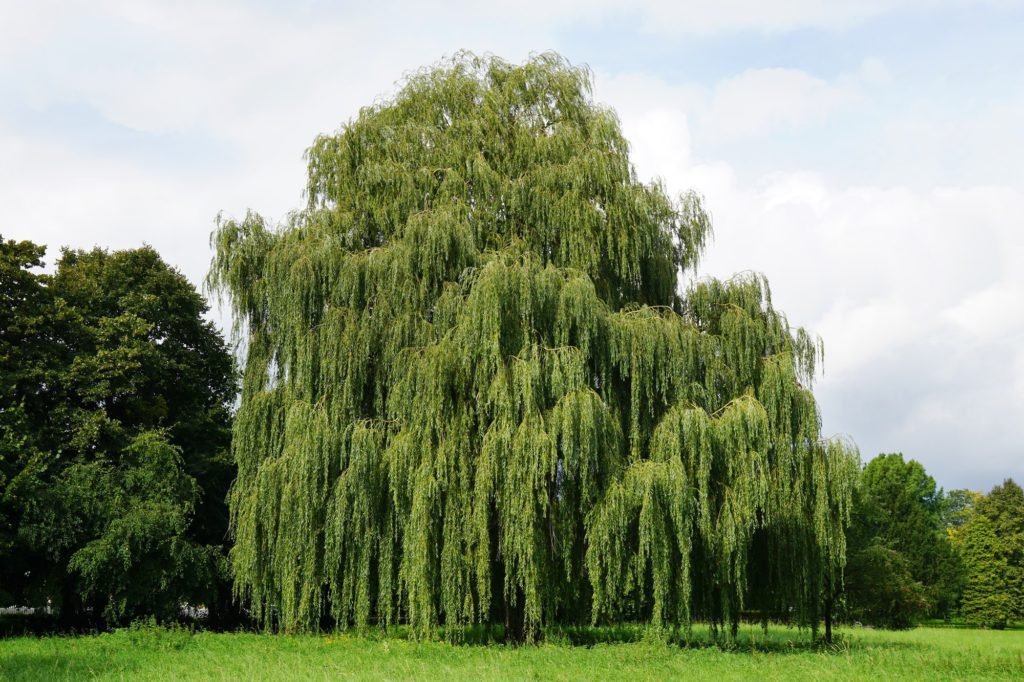
Zone 7: 0°F to 10°F
States in Zone 7 only occasionally experience temperatures below the negatives. Zone 7 includes some parts of Washington and Oregon and down through upper Texas, Oklahoma, Virginia, and North Carolina. Plants in this zone can withstand temperatures as low as 0°F to 10°F. Planting season begins mid-April. Common plants in Zone 7 includes bigleaf maple, atlas cedar, bleeding heart, English holly, magnolia tree, Texas rock rose, kurume azalea, and English yew.
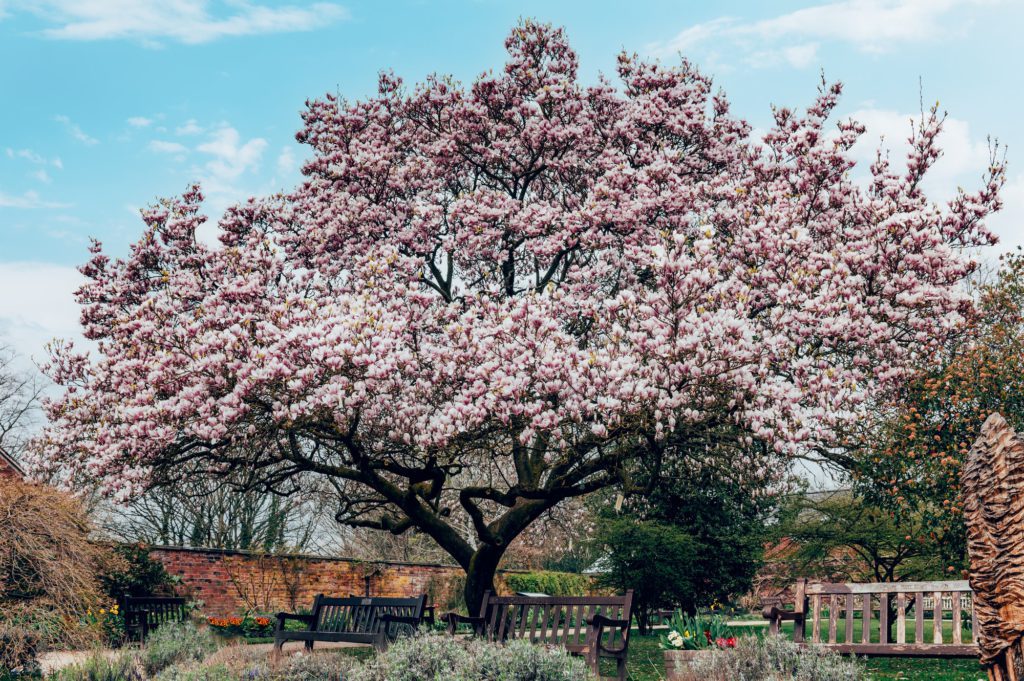
Zone 8: 10°F to 20°F
Zone 8 includes states that stay relatively warm thoughout the year. Plants native to Zone 8 love the warmth and have a longer growing season. These states include Texas, Louisiana, Mississippi, Alabama, Georgia, the Carolinas, and long the cost of Virginia. Planting season begins mid-March. Common plants include strawberry tree, Mexican orange, hibiscus, New Zealand daisy-bush, Japanese pittosporum, cherry-laurel, Texas mountain laurel, laurustinus, and yucca.
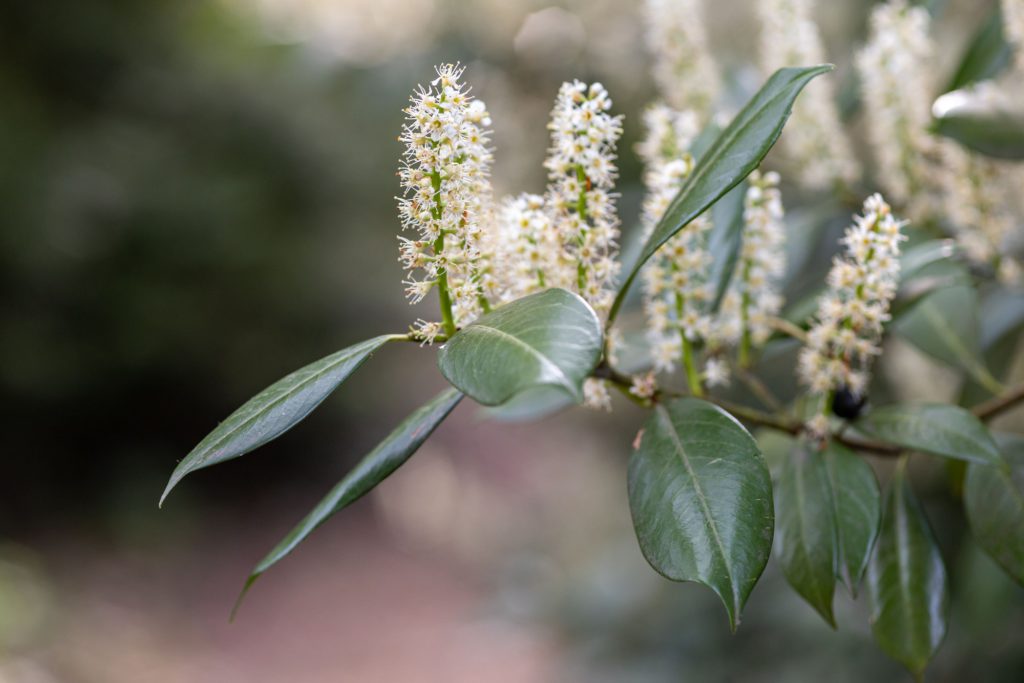
Zone 9: 20°F to 30°F
Zone 9 covers parts of the warmest states in the United States, including California, southern Texas, Louisiana, and Florida. Plants native to Zone 9 can withstand temperatures as low was 20°F to 30°F but thrive in 70°F to 90°F. Planting should take place in mid-February. Common plants include asparagus fern, dahlia, tasmanian blue gum, fuchsia, silk-oak, sweetshade tree, California pepper tree, and Australian bush cherry.
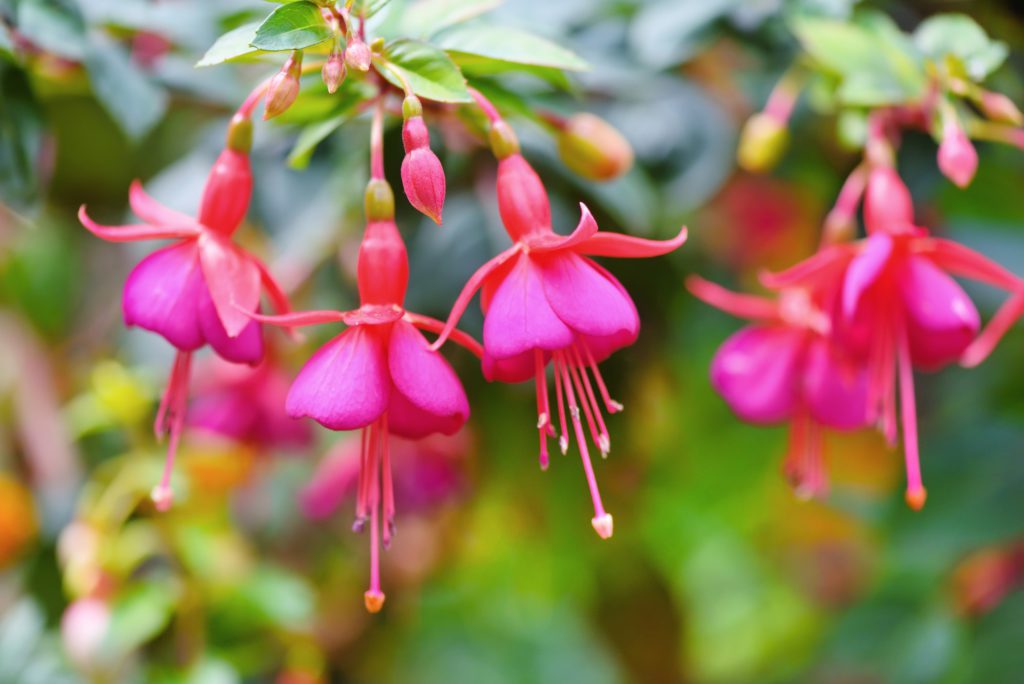
Zone 10: 30°F to 40°F
Zone 10 has some of the hottest average temperatures in the United States, as it includes tropical areas such as Southern California, southern Texas and Florida. Plants native to this zone can handle temperatures as low as 30°F to 40°F. Planting begins mid-January. Common plants found in this zone include bougainvillea, golden shower, ensete, lemon eucalyptus, rubber plant, violet churcu, royal palm, and palmetto palm tree.

Zone 11: 40°F to 50°F
Zone 11 is the most tropical area within the United States and covers Hawaii. This zone is hot year-round and native plants thrive year round. Plants in this zone can withstand temperatures above 50°F. Planting can take place any time of the year as there is no frost. Common plants include lime, sago palm, and grevillea.
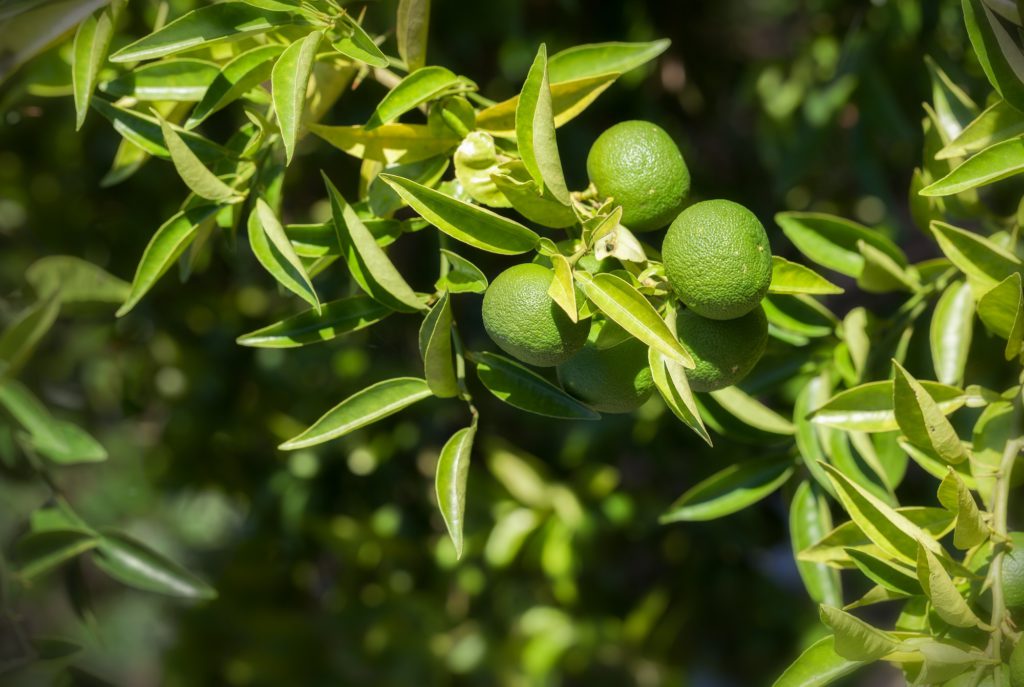
When watering your lawn with a sprinkler, you should aim to provide 1 to 1½…
To keep your lawn lush during summer, it’s essential to water it properly. Aim for…
As you consider the growth cycle of grass, it’s essential to understand how temperature and…

